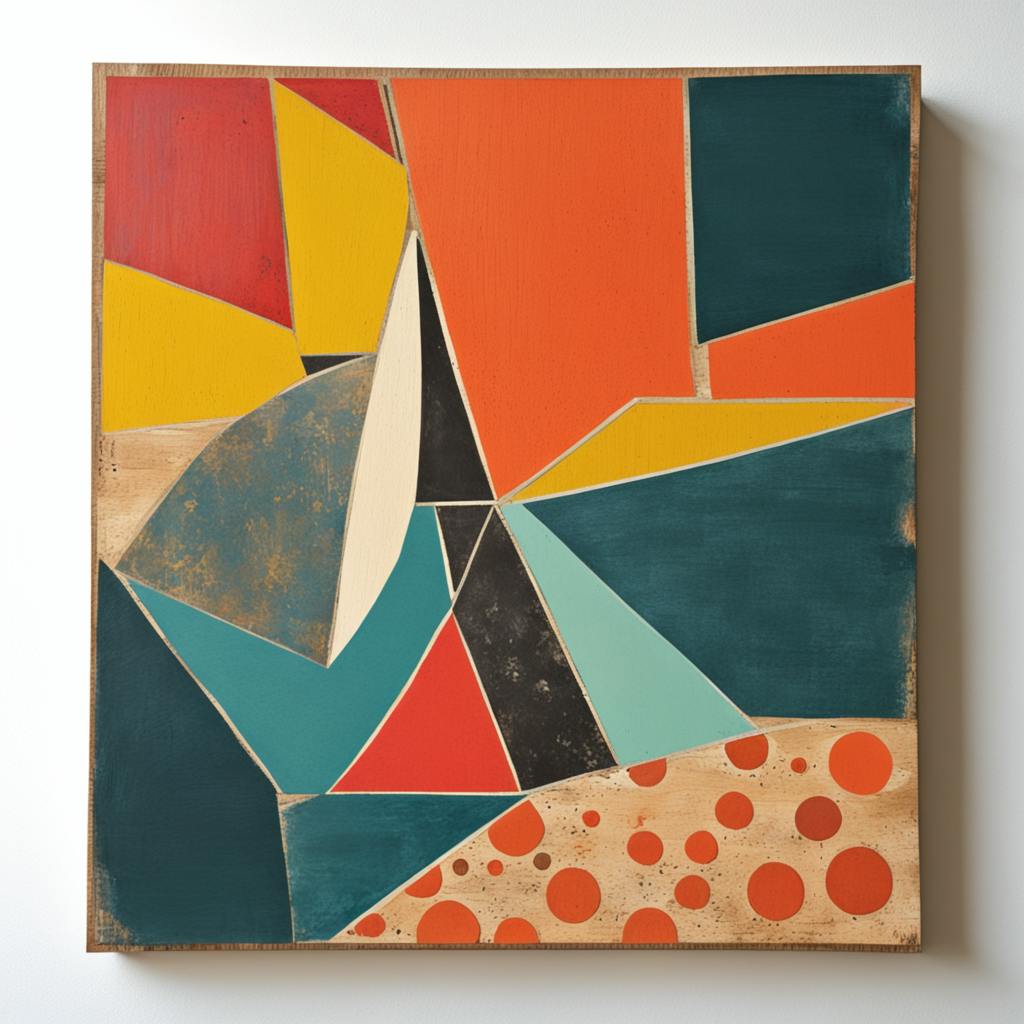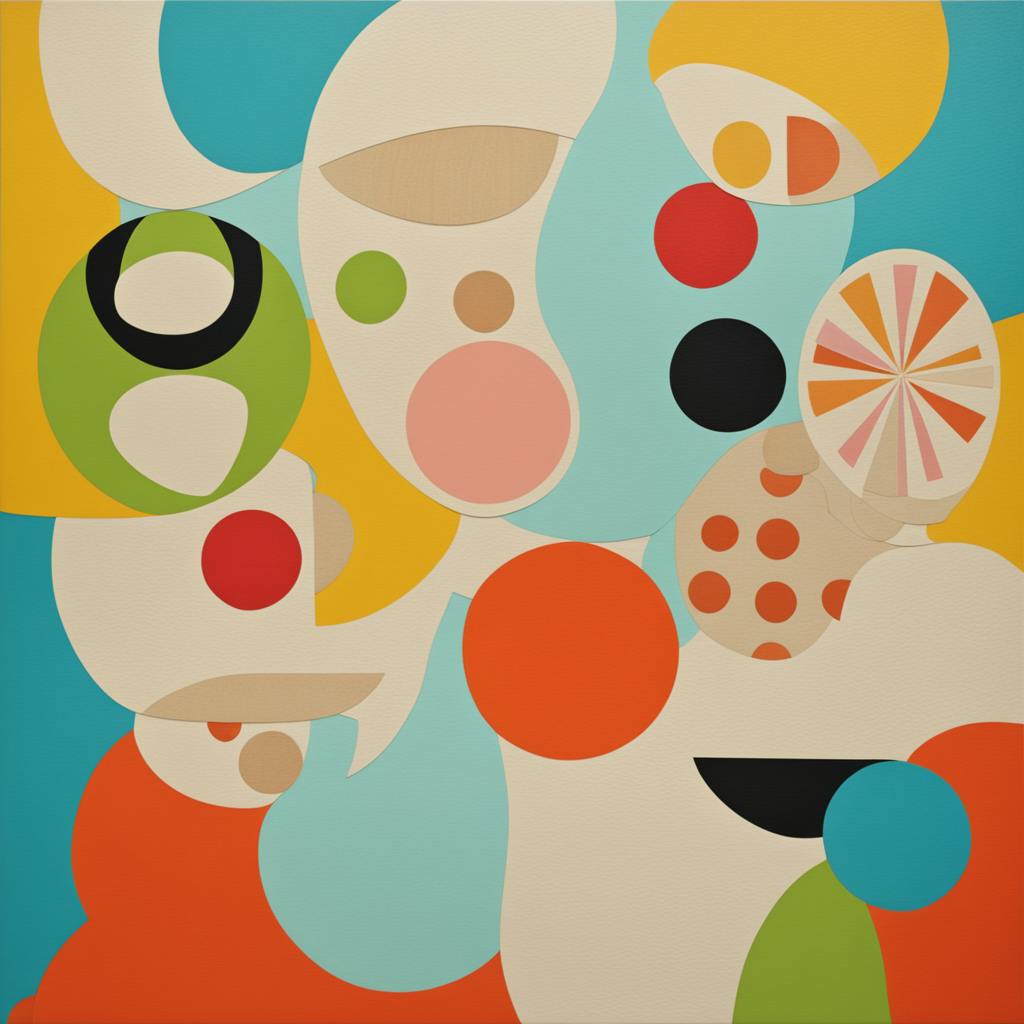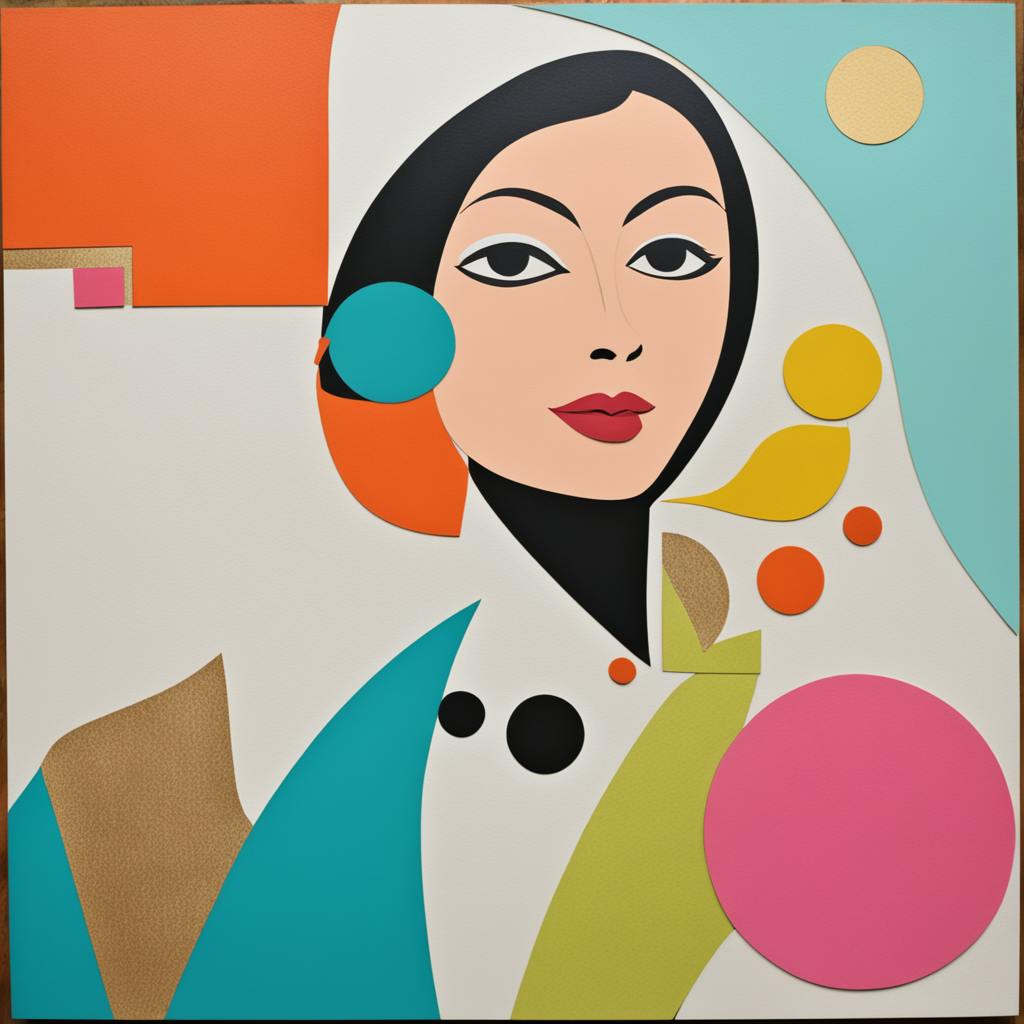Crafting an art portfolio that stands out can transform your artistic journey, whether you're applying to art schools, seeking gallery representation, or showcasing your work to potential clients. An art portfolio is more than a collection of art pieces—it's a representation of your skills, creativity, and artistic evolution. In this guide, we'll walk you through the essentials of building an art portfolio that captivates and convinces its audience, using clear, concise, compelling, and credible strategies.
Understand Your Purpose and Audience
Before you begin assembling your art portfolio, clarify its purpose. Are you applying to an art program, or are you preparing for an exhibition? Understanding your goal will guide you in selecting artworks that best represent your ambitions. Knowing your audience will help you tailor your portfolio to meet their expectations and preferences, ensuring that your work resonates effectively.
Curate Thoughtfully and Edit Ruthlessly
The key to a great art portfolio is quality over quantity. Select pieces that highlight your strengths and artistic range, demonstrating your technical skills and creative vision. Limit your selections to your best work—typically 10-20 pieces, depending on the requirements. Don't be afraid to edit ruthlessly, as a focused collection makes a stronger impact than an overwhelming array of artworks.
Create a Cohesive Narrative
Your art portfolio should tell a cohesive story about your artistic journey and your personal style. Arrange your works to form a narrative that showcases your evolution and depth. Include a variety of genres and techniques to demonstrate versatility, while ensuring that each piece contributes to a unified overall theme. This narrative not only informs viewers of your capabilities but also engages them, making your portfolio memorable and impactful.

Ensure Professional Presentation
Professionalism in presentation is crucial. Choose high-quality images that accurately represent your work. If your portfolio is physical, invest in a professional-grade portfolio case. For digital portfolios, ensure navigation is intuitive and design clean. Include an artist statement and resume where applicable, highlighting your education, achievements, and artistic philosophy. These elements establish credibility and reinforce your commitment to your craft.
Frequently Asked Questions
What should I include in an art portfolio?
Include only your strongest, most representative artworks that demonstrate both your technical skills and creative ideas. Consistency in quality is key.
How do I choose the right pieces for my art portfolio?
Base your selections on your intended audience and the purpose of your portfolio. Choose pieces that demonstrate a range of skills while maintaining a cohesive style.
What makes an art portfolio stand out?
An art portfolio stands out through thoughtful curation, compelling narrative, professional presentation, and the artist's unique voice and style shining through each piece.
How often should I update my art portfolio?
Update your art portfolio regularly as your skills and artistic style evolve, or whenever you create significant new work that aligns with the portfolio's purpose.
FAQ: Building the Perfect Art Portfolio
Creating an art portfolio is a crucial step for artists to showcase their talent, whether for academic purposes, job applications, or exhibitions. Here’s a comprehensive guide addressing common questions and providing tips on building an outstanding art portfolio.
What are the Essential Elements for a Perfect Art Portfolio?
- Focus and Coherence: Your portfolio should have a clear focus or theme that reflects your artistic vision. Consistency across pieces helps demonstrate your ability to explore a subject or technique deeply.
- Diverse Techniques: Show versatility by including works that demonstrate a range of techniques and media. This can highlight your skills and adaptability.
- Quality over Quantity: It’s better to have fewer, high-quality works than a large number of mediocre ones. Curate your best pieces carefully to leave a strong impression.
- Technical Skill and Creativity: Balance technical proficiency with creativity. Exhibiting technical skill is important, but showcasing your unique perspective and creativity is equally vital.
- Professional Presentation: Your portfolio should be well-organized. Use high-quality images, and format them cleanly and consistently, whether the portfolio is digital or physical.
- Artist Statement: Include a concise artist statement that provides insight into your art, methods, and inspirations. This can help viewers connect with your work on a deeper level.
How Do I Build a Comprehensive Art Portfolio?
Step 1: Define Your Purpose
Determine the goal of your portfolio. Tailor it to its intended audience—admissions for art schools, prospective clients, or galleries and exhibitions. Know what they look for and prioritize those aspects.
Step 2: Collect Your Best Work
Review your existing work and select pieces that best represent your skills and style. Consider asking mentors or peers for feedback to make well-rounded choices.
Step 3: Ensure Diverse Representation
While maintaining a cohesive theme, include diverse subjects, styles, and media to display the breadth of your abilities. This demonstrates versatility.
Step 4: Organize and Edit
Sequence your work in a logical manner, often chronologically or thematically. Ensure each piece is labeled with relevant information like title, medium, and date of creation. Ensure all images are high resolution and color corrected if digital.
Step 5: Compose an Artist Statement
Write a concise statement that articulates your artistic vision. Discuss your influences, themes, and what you aim to express through your work.
Step 6: Choose the Right Format
Decide based on your audience whether a digital or physical portfolio is more appropriate. Each format has its pros and cons, so choose based on practicality and the nature of your work.
Step 7: Seek Feedback
Before finalizing, get feedback from instructors, peers, or professionals. An outside perspective can provide invaluable insights.

What Should Be Included in an Art Portfolio for Beginners?
- Basic Skill Works: Include foundational pieces such as drawings from life, studies of objects, or anatomy sketches.
- Exploration Pieces: Add experimental works that show your progression and willingness to explore different materials and methods.
- Project-Based Works: Include projects that showcase how you develop an idea from concept to completion.
- Reflective Entries: Choose pieces that highlight your ability to reflect on and learn from previous works, showing continued growth.
- A Personal Piece: Conclude with a piece that represents your passion or personal connection to art—a subject or theme you are deeply enthused about.
What are the Steps to Build an Art Portfolio that Showcases My Talent?
- Assess Your Strengths: Identify what sets your work apart. This could be a specific medium, style, or thematic interest.
- Create New Works: As needed, create new pieces that enhance the quality and coherence of your portfolio.
- Highlight Unique Skills or Themes: Ensure that your portfolio clearly communicates your unique artistic voice through well-chosen pieces and coherent presentation.
- Show Process and Development: Where applicable, include sketches or preliminary designs that demonstrate your creative process and problem-solving abilities.
- Draft and Refine: Continuously refine both the content and presentation. Each piece should be presented in its best possible form in terms of quality, clarity, and relevance.
- Tailor to Opportunities: Customize your portfolio for specific opportunities by adjusting content to better align with what the viewer is seeking, whether that’s creativity, technical skill, or thematic exploration.
Building a great art portfolio is a dynamic process that involves introspection, selection, and presentation. Following these guidelines can help you create a portfolio that is not only comprehensive and cohesive but also effectively showcases your unique artistic talents.
Conclusion
In creating the perfect art portfolio, focus on understanding your purpose and audience, curating thoughtfully, creating a cohesive narrative, and ensuring professional presentation. By following these clear, concise, compelling, and credible guidelines, your art portfolio will not only showcase your best work but also elevate your presence in the art world. Remember, your art portfolio is a dynamic expression of your artistic identity, so let it reflect both your current skills and future potential.

